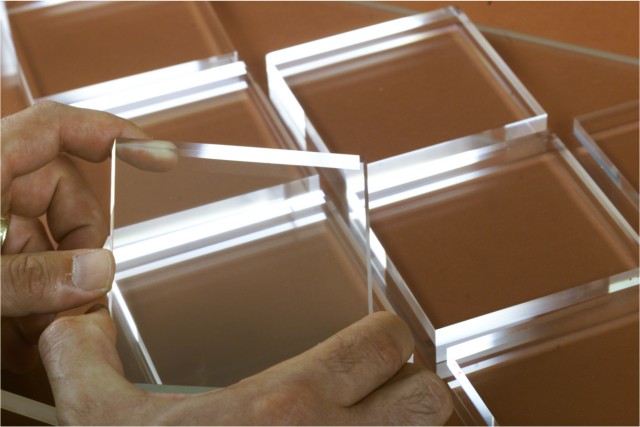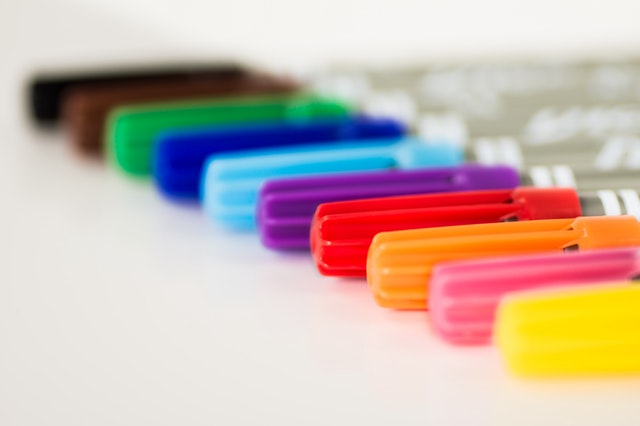Alumina glass is harder than steel at room temperature and still flexible. This is achieved by rapidly cooling the aluminum oxide (Al2O3), which does not form crystals and maintains its amorphous structure. In the future, the new glass material could be used for smartphone displays, for example.
Conventional glass is a material that is solid and hard on the outside and thus acts like a crystal . In reality, however, glass is an amorphous mass and therefore has properties that are similar to a liquid. This is because the molecules and atoms in the glass do not form solid crystal lattices, but rather appear disordered in the material. The expected flow of this liquid at room temperature is so low, however, that it is hardly measurable and cannot be seen with the naked eye.
One of the problematic properties of glass is that it is hard and light but also brittle and therefore tends to jump under pressure. This disadvantage is for example in smartphone – displays obvious that often break even with small falls. For this reason, science has long been looking for a new glass material that remains flexible at room temperature and is therefore less prone to breakage.

Alumina glass remains ductile at room temperature
An international team of scientists, which included the University of Tampere and the Austrian Academy of Sciences , has now published an article in the scientific journal Science , according to which it has been possible to produce a practically indestructible glass. To do this, the scientists used a method in which a thin layer of aluminum oxide (Al2O3) was cooled down so quickly that it could not form any crystals. This resulted in an amorphous structure made of aluminum and oxygen atoms, which form a new glass material.
The metallic glass showed particular properties in the test series and is flexible and stretchable even at room temperature. Instead of jumping at selective pressure loads, the aluminum oxide glass gives way instead.
” It was surprising that glass can be so plastic even at room temperature “
Megan Cordill, co-author of the study
New Glass is Harder than Steel
According to the study authors, a faultlessly produced aluminum oxide glass can be stretched to twice its length at room temperature before it tears. The scientists “that proves that amorphous oxides are far more flexible at room temperature than previously thought.” Experiments also showed that the glass, although it is flexible and flexible, is harder and lighter than steel.
In the future, the new material could be used, for example, in mechanical engineering, in batteries, but also in consumer products such as smartphone displays. As Frankenberg explains, “inorganic glasses have great potential in modern electronics because they have tailor-made functional properties.”
Industrial Manufacturing Problematic
The current manufacturing process does not yet allow industrial use of the new glass. This is because aluminum oxide does not normally change to the amorphous glass state, but instead forms crystals of the mineral corundum when it cools down. As Frankenberg explains, “an extremely high quench rate is required to prevent the crystallization of aluminum oxide.”
In their experiment, the scientists used laser evaporation, in which the oxide is first evaporated by laser and then forms thin layers in a vacuum chamber. However, due to the high technical requirements and the low yield, this method is unsuitable for the production of large quantities of aluminum oxide glass.






























Discussion about this post